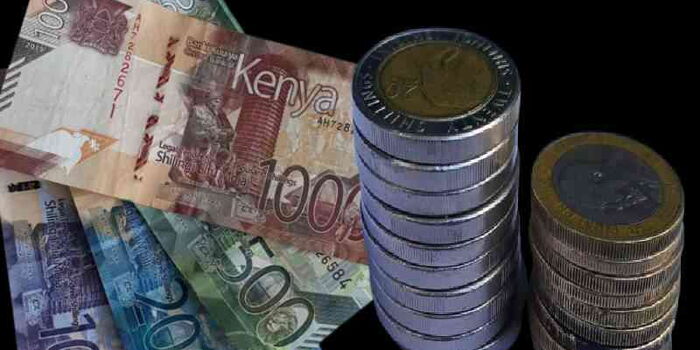Kenyan Shilling Continues to Hold Steady Against Dollar

The Kenyan shilling has continued to display resilience against the US dollar, even as the global currency made gains this week. The dollar is making gains after recording a seven-month low late last month.
As traders kept a watchful eye on foreign exchange markets, the shilling showed little sign of weakening, much to the surprise of many who had anticipated a more volatile reaction given recent international movements.
On Tuesday, September 10, data from the London Stock Exchange Group (LSEG) placed the shilling at Ksh128.30/129.30 against the dollar, barely shifting from Monday’s close of Ksh128.25/129.25.
Traders noted that the muted demand from local sectors matched the available foreign exchange supply, keeping the currency stable. “There’s not much activity happening. There’s just enough demand for the supply,” one trader remarked.
A man counting several one thousand Kenyan shillings bills.
Photo
Wilberforce Okwiri
This stability comes against a backdrop of the US dollar bouncing back after experiencing losses last week.
Investors worldwide have been eyeing key US inflation data, adjusting their expectations for the Federal Reserve’s next interest rate decision. However, despite the dollar’s upward momentum, the Kenyan shilling has held its ground, defying predictions of depreciation.
The shilling’s ability to withstand the dollar’s strength can be attributed to several factors. Over the past few months, the currency has stabilised, especially following concerns about Kenya’s ability to repay a $2 billion Eurobond in June.
The country successfully met its debt obligations, relieving fears of default and boosting investor confidence.
Yet, pressure on the shilling remains. Manufacturers and fuel importers continue to demand hard currency, which could place a strain on the currency moving forward.
However, last week saw the shilling stabilise, closing at Ksh129.19, a 0.01 per cent uptick that lifted its year-to-date performance to 17.4 per cent.
The modest strengthening was largely driven by foreign currency inflows from agriculture and tourism, key sectors in Kenya’s economy.
The outlook for the Kenyan shilling remains cautiously optimistic. With key sectors like agriculture and tourism continuing to bring in foreign currency, the shilling could maintain its stability in the near term.
However, the ongoing demand for hard currency from importers, combined with global market uncertainties, means the shilling’s resilience may be tested further in the coming months.
A picture of Yokohama Star cargo ship docked at the Port of Mombasa.
Photo
KPA



